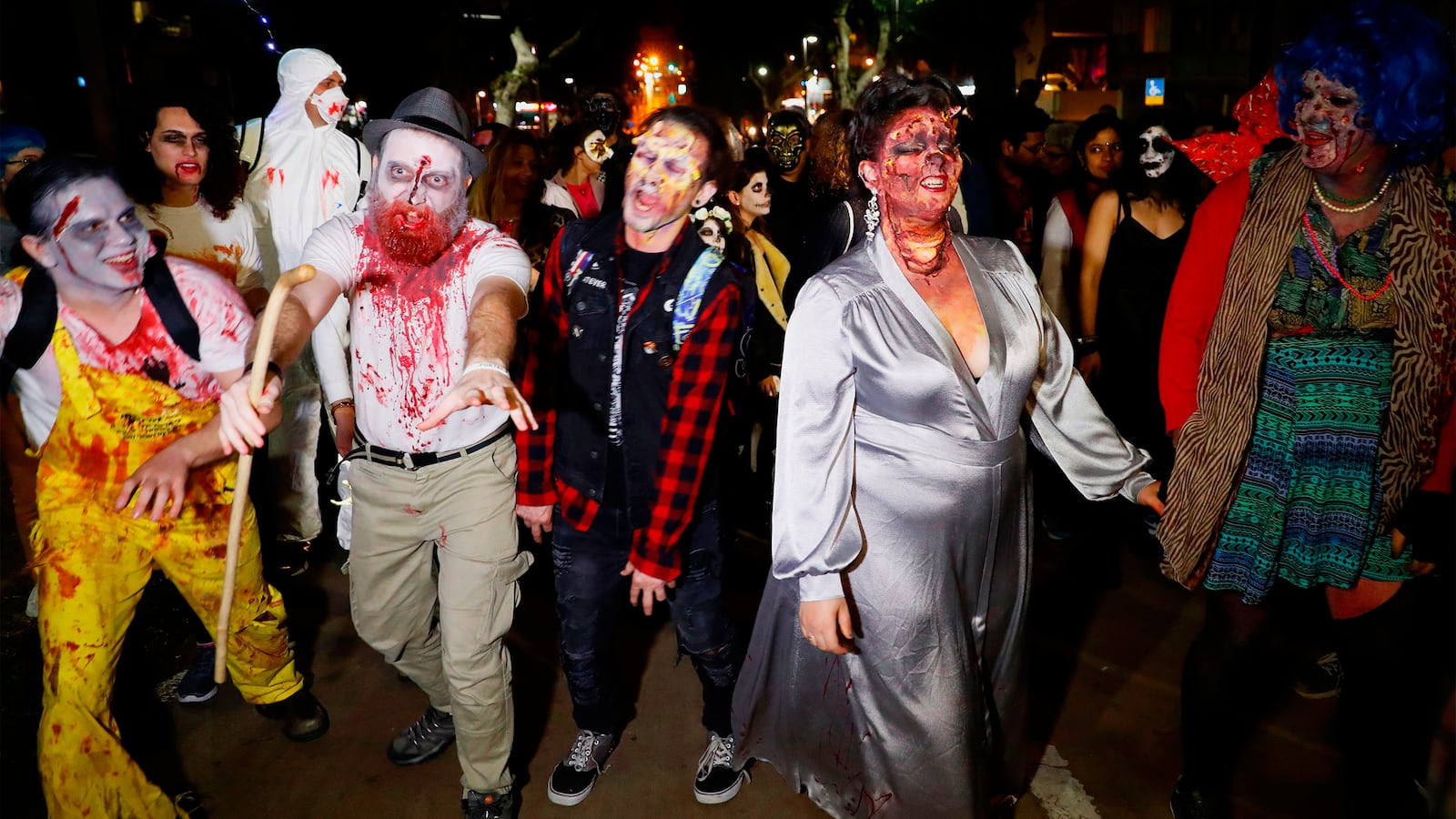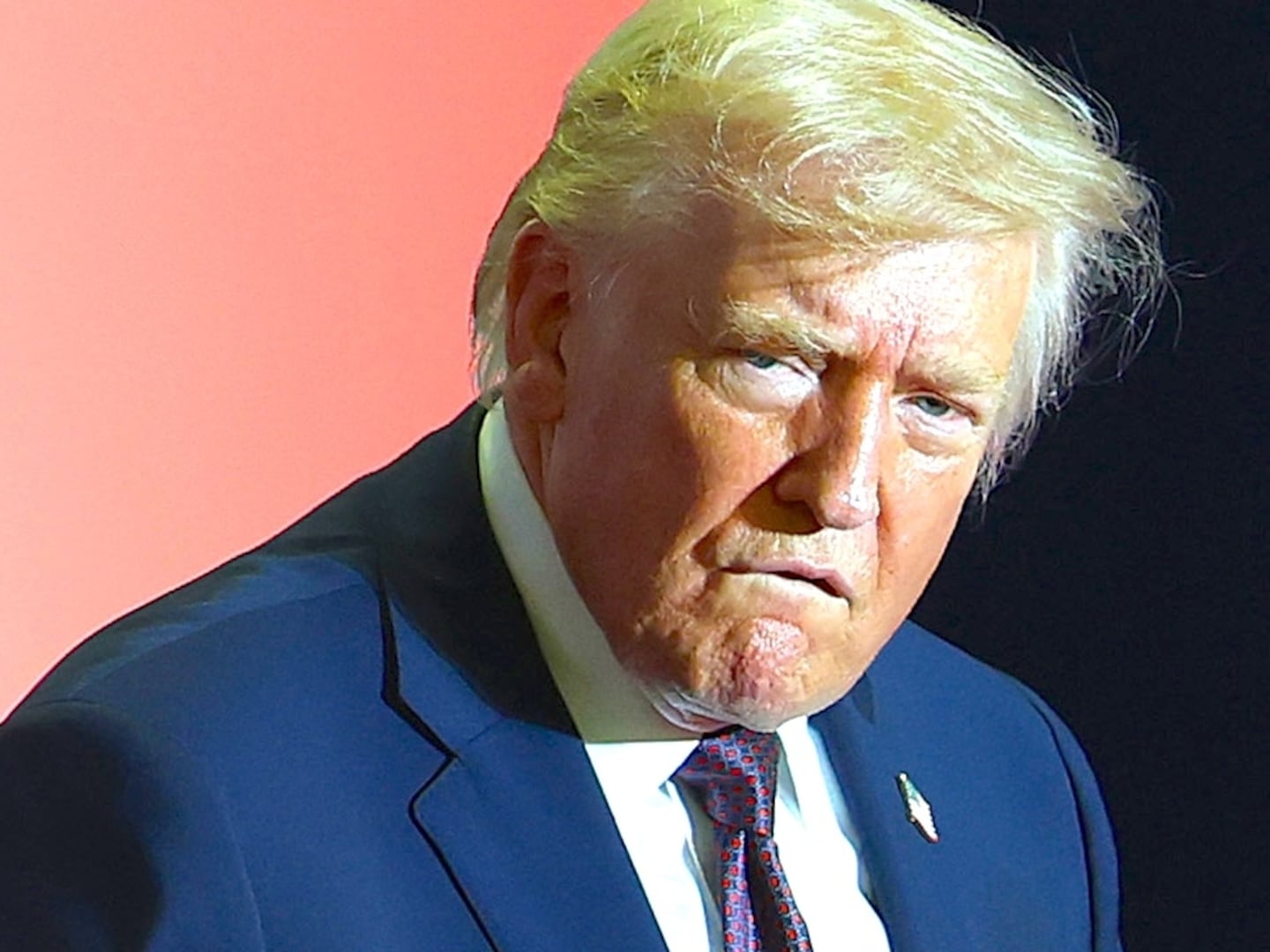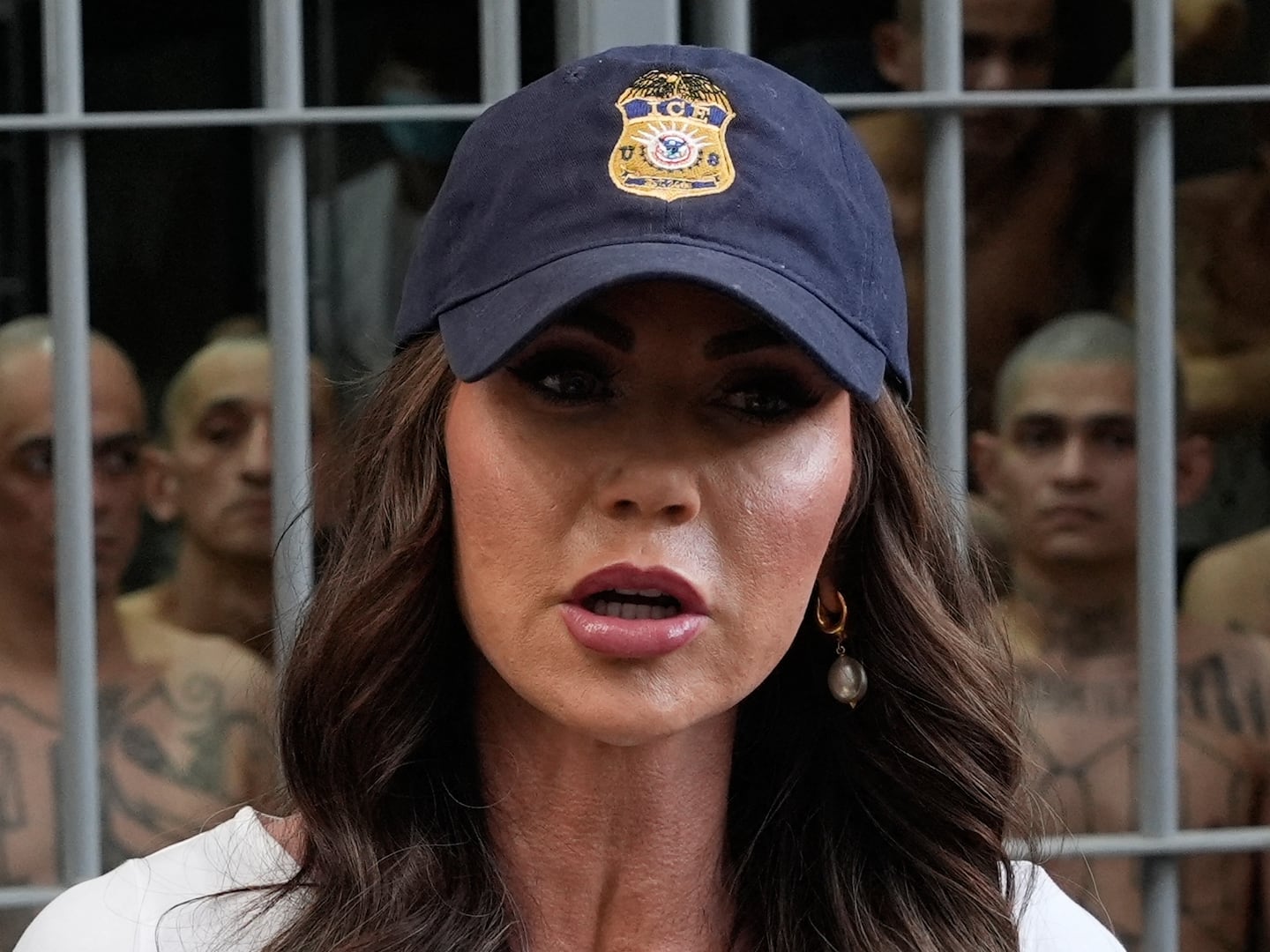TEL AVIV, Israel – The global party circuit is, for those in the know, full of underrated events. The fire of Valencia’s Las Fallas over the bulls of Pamplona’s San Fermin; Trinidad’s Carnival over Rio’s Carnival; Jazzfest over Mardi Gras in New Orleans; and so on. Arguably the most sneakily overlooked, though, is Purim in Tel Aviv—aka “Jewish Halloween.”
Held every spring, usually in March, the event in recent years has turned into a days-long bacchanal of endless raves and street bashes, costumes and color. Even in a city already known for its pulsating nightlife, Tel Aviv during Purim is something else, a party apart, the highlight of the social calendar. This year’s happening, mercifully concluded this past weekend, was no exception. Under clear blue Mediterranean skies, Tel Aviv put on a show—as befitting the only Jewish holiday that has drink at its center.
The reason why can be traced back to the origins of Purim, two and half millennia ago in the ancient Persian Empire and the biblical Book of Esther. According to tradition, a genocidal grand vizier named Haman had plans to eradicate the empire’s Jewish population. It was only through the grace of the Jewish Queen Esther, who dissuaded her husband, the Persian King Ahasuerus, from going through with the plot, that the Jews of Persia were spared. As such, the holiday was always a festive and happy one: a solid win for the Jewish people, filled with much merriment and, crucially for our present day, a rabbinical precept to consume large quantities of booze. (It’s nothing short of a mitzvah. Seriously.)

The costumes that eventually came to embody the holiday are a more recent invention. According to one take, the custom only really dates to turn of the twentieth-century Vienna, where local Jewish artists on Purim eve started throwing masquerade balls similar to their Christian neighbors. From there the custom spread throughout the Jewish world, including to pre-state Israel in the Holy Land; by 1928 the first Purim queen of Tel Aviv was crowned.
These days, Purim begins with the costumes—weeks (and, for some, months) ahead of time. In Tel Aviv, just as the weather begins to warm, shopkeepers all around town begin putting out their wares in anticipation. Even corner kiosks and cellphone shops get in the mix. At one such place, off of the central Rabin Square, the costumes and accessories were piled high next to the chips and cigarettes. Ronen, the ponytailed proprietor, observed that this year the most popular seemed to be unicorn and Wonder Women costumes (as befitting local heroine Gal Gadot). A latex Trump mask with a golden cowboy hat on top sat forlornly at the entrance. “I did have an older man, probably around sixty, come in the other day and he picked one up,” Ronen told me. “He said he wanted to scare his grandchildren.”
Up the street, Dolev, a twenty-something brunette, whipped out her phone and explained that her costume was going to be “the girl from [the movie] Leon” – replete with red cap, striped shirt, and round sunglasses. But she was in the market for another one. Purim, unlike Halloween, isn’t simply one night; few want to be caught with the same costume on consecutive days. Especially this year, with Purim falling on a Thursday—the first night of the Israeli weekend, and hence, a perfect storm.

And indeed, invites for “Purim parties” began circulating the Saturday night prior, days ahead of the actual holiday. Little kids in costumes (princesses, Robin Hoods) began appearing in the street, as did packs of marauding costumed teenagers (athletes, zombies). The following few days were spent with work Purim parties, school Purim parties, and careful last minute preparations for the main event.
And then Wednesday night arrived, Purim eve. The central attraction seemed to be the big organized party at Vicky Cristina, a huge tapas joint on the site of the old train station just across from the beach in the Hatachana complex. But the more interesting parties were arguably taking place off of Allenby Street, in the shadow of the Great Synagogue. While inside, religious Jews were reading the Purim “megilah” and imbibing, secular Tel Avivites were outside at the funky bar/restaurants ringing the site on tiny Har Sinai Street, dancing and imbibing. Even on normal nights, no locale quite offers the sharp juxtaposition of the Jewish State and the very distinct “State of Tel Aviv.”
Despite being a national holiday, the next morning most Israelis go to work; offices are open, as is public transportation (not a given in Israel on weekends or holidays). So the action picks back up again at nightfall. At one Purim party at the chic villa of the European Union ambassador, in a beachside suburb just north of Tel Aviv, the talk around the pool was what was happening back in town afterwards. Franzi, a blonde German journalist (‘80s aerobics instructor), observed that she had heard of a party in deep south Tel Aviv—“It’s not exactly a bar or club, it’s more a space. Dark trans [music],” she said, ominously. Others at the party had heard of a massive bash at Teder, a club on Jaffa Street in the hipstery Florentine neighborhood. The problem, later that evening, was that the entire rest of the world had apparently heard too. Teder, a converted industrial-sized gallery, was packed, with a few hostesses and security guards trying to keep out a few hundred people clamoring to get in.

This was indeed the only issue with Purim in Tel Aviv: the crowds. Early planning is key, as is the dearth of available cabs—even in the small hours of the night. Yet in another sense it didn’t really matter: the entire city was a movable feast.
The epicenter of the festivities was nearby, on Rothschild Boulevard’s tree-lined pedestrian promenade. Masses of revelers walked up and down the boulevard, a costumed fashion show, stopping at several points for pop-up dance parties. One enterprising local, Tzachi (white t-shirt), had set up two speakers on a bench, belting out—via his I-phone—electronic dance music to a hundred people. “The city is on fire!” someone yelled out. On a side street, a non-descript bar had set up a speaker outside with five times as many revelers dancing in the road, intermittently blocking traffic, than were actually inside. A young skeleton made sure it all somehow worked. And so it continued until dawn.
As nighttime turned to day, so did the party itinerary. Friday, the mega Purim attraction took place in north Tel Aviv’s massive circular Hamedina Square: a 60,000 person rave. With the temperature in the mid-70s and sunny, midday conditions were perfect for beers, food and yet more electronica in the sand and grass. A full cross-section of Israeli society was in attendance—babies in strollers and older couples, teenagers and young adults. A group of scantily-clad male cavemen made a choreographed entrance, skirting by a group of females police officers (also scantily clad).
It was quite a production, and yet for many locals a touristy (albeit impressive) spectacle. The “real” street parties were going on that afternoon in other locales: underneath Bet Jabotinsky (the headquarters of the ruling right-wing Likud Party) on King George Street; Florentine; and above all the Yemenite Quarter near the Carmel Market. Inside its narrow alleyways, bars had set up portable beer taps; one was in fact throwing its own impromptu block party at the intersection of Rabbi Meir and Yom Tov Streets. Down the street, Beer Bazaar was blasting electronica to its patrons seated at makeshift tables outside, who looked on at the passersby with a mix of joy and judgement. A group of purple-and-black clad drag queens received the biggest applause, milking it for effect, followed by a Yorkshire terrier in a princess outfit. As Lee, a bartender (glittering spandex fish), observed, it seemed that the men were showing more skin than the women—perhaps befitting Tel Aviv’s status as one of the world’s best gay cities.
With the sun coming down, the party in the Yemenite Quarter began breaking up. Some continued on to clubs further south, some had to head home—for food and, more than anything, a breather. Friday night was definitely quieter, and some house parties could be heard in various quarters of the city. But everyone was likely out during the day. Plus they had to rest up to do it all over again on the morrow. “How many years does Purim last for?” someone implored.
The answer, of course, was one more day.
The weather on Saturday was, if anything, better—and for many the first beach day of the season. The early afternoon, though, was the time for bar parties to shine, especially on Dizengoff Street. At Rosa Parks (real name), a watering hole on the corner with the northern Yermiyahu Street, the traditional Purim party was already in full swing, with a DJ serving up smooth dance music accompanied by a platinum blonde saxophonist. A mustachioed Bashar al-Assad bobbed along to the tunes, arguably the most inappropriate costume of the entire week, and one of the few politically-themed ones visible (sorry Trump and Bibi). On the whole, though, Supermen and sexy cats intermingled with burlesque dancers and a very convincing Khaleesi and Khal Drogo couple. “It’s controlled chaos,” Kev, a Phd student (Ike Turner), stated, looking out at the mass of humanity spilling out onto the street. And indeed it was. Israelis, despite the rabbinical commandment to imbibe, seemed to prefer their drug come in more mellow smoke form.
In the later evening, the bars further down Dizengoff got in on the show (Routina, Beer Garden, Jasper, Cerveza). For those with the right constitution, however, there were inevitably more parties that night, including a special Purim show at the Barby—the ancient live-music venue on Kibbutz Galuyot Street—by Lucille Crew, a local English-language hip-hop/funk/soul group.
“I have to work tomorrow,” Victoria (Angelina Jolie tomb raider), a Chilean living in Israel, told a friend. “Everyone’s working tomorrow!” came the answer. Which was right. The next day, Sunday, was the first day of the week; everyone had to get back to (much-needed) reality. A full year would likely be needed to recover—and mentally prepare for next year’s debauche. Purim in Tel Aviv, like any good party, wasn’t simply a discrete event in a given location at a set time; it was, more than anything, a state of mind.






